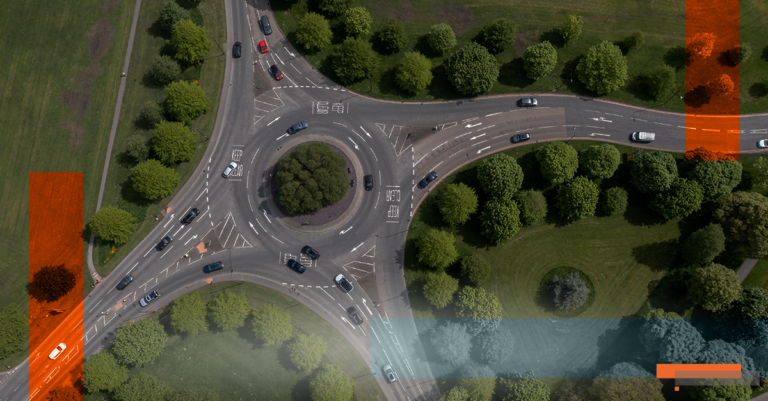In non-Simulation mode the RFCs can be calculated analytically – The whole approach is regarded as a single entity, making this possible.
In Simulation Mode, RFCs are not calculated regardless of junction type. The reason for this is that RFCs are difficult to measure/define and interpret when using simulation mode, as the capacity calculated required to establish an RFC is influenced by turning proportions, flare/lane lengths and lane designations, unlike the non-Simulation model. It is these influences on the results that make the simulation model effective in accounting for substantial lane starvation and allows different designs to be compared.
Please note that, if you drill down into the individual LANE results you can see that RFCs values are calculated. These can be misleading though, as low values can be indicative of either good performance, or that traffic is unable to reach the lane you are examining the results for.
In Junctions 10.1 and later, there is now an option to calculate lane-based RFC values. The runs times can be considerable, so there is an option to mitigate that by calculating the RFC for specific arms only. TRL Software have endeavoured to ensure that the RFC’s can be regarded in a similar way to those calculated in non-sim mode.
In the rare situations the program does not calculate arm-based RFCs in simulation mode (such as internal approaches within linked junctions), instead we recommend looking at the results which are measured and reported from the simulation, such as mean queues, percentile queues, and delays. You can also ‘stress-test’ a network by using the Analyser screen to plot a graph of queue/delay against flow scaling factor.
(Added April 2025)












